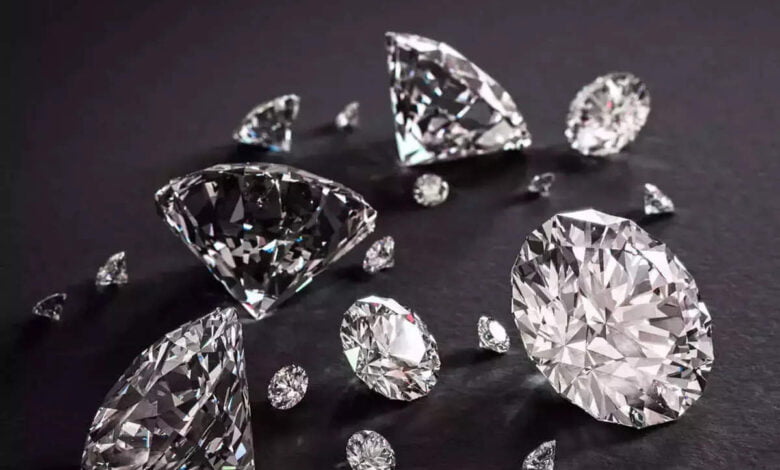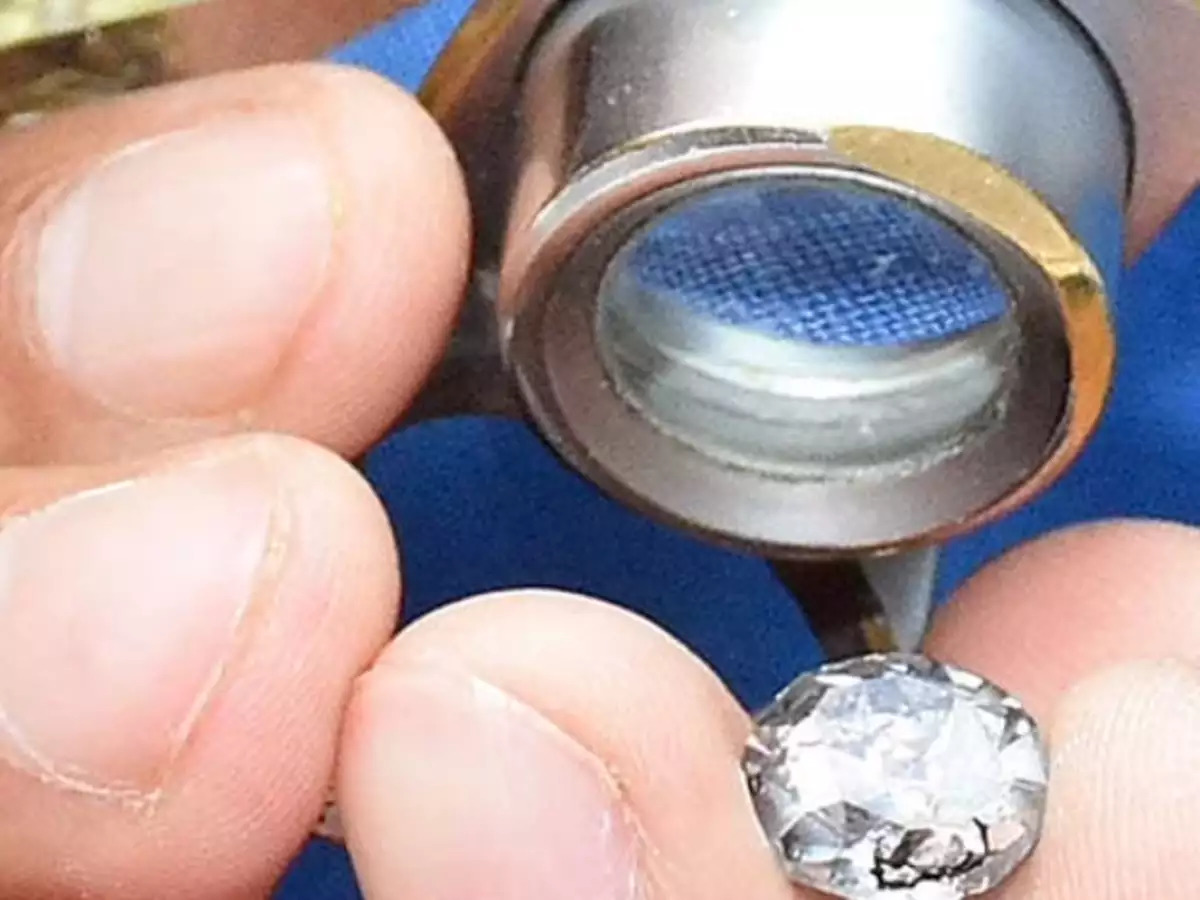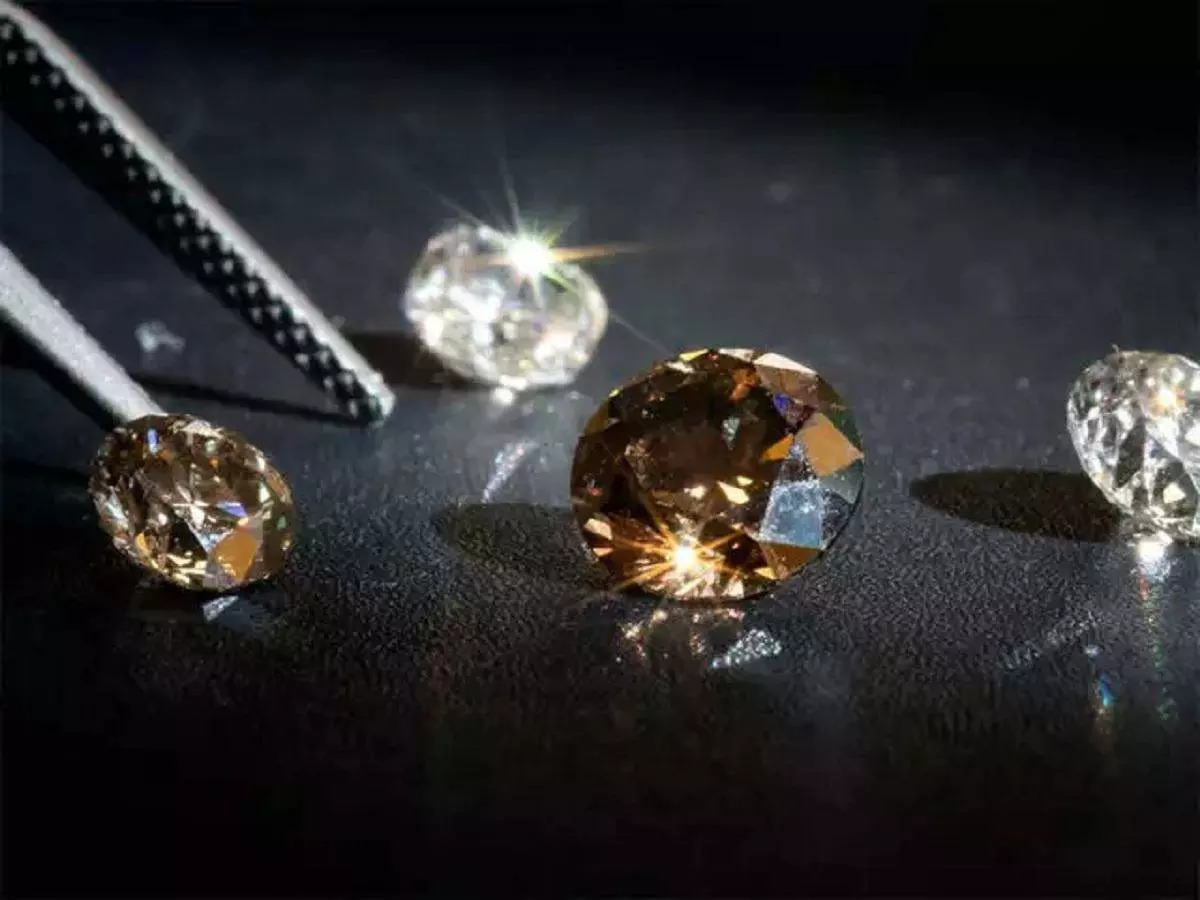The diamond trade from Mumbai to New York is being disrupted by Russia’s secret gem trades.

Russian diamonds are being secretly sold for hundreds of millions of dollars per month, shattering the worldwide market that spans from cutting factories in Mumbai to upscale shops on Fifth Avenue in New York.
Many in the trade refused to deal with Russian jewelry after the invasion of Ukraine and the application of US sanctions against the mining company Alrosa PJSC. While other buyers remain away, a tiny number of Indian and Belgian buyers are grabbing up enormous amounts at favorable rates, allowing them to pick and choose the stones they desire. Despite the diamond industry’s reputation for secrecy, transactions are occurring under the radar.
While they are not breaking the law, there are still risks to be aware of. For example, major retailers like Tiffany & Co. and Signet Jewelers Ltd. do not want Russian diamonds that have been mined since the start of the conflict, and suppliers claim they are concerned about losing important business by dealing in Alrosa gems.
Given that it could be challenging to track stones after they reach the supply chain, the sales provide a problem for any boycott attempt. A diamond might be exchanged and altered multiple times before being utilized as an engagement ring or pendant. There are around 15,000 different kinds of diamonds, all of which come in packages of equal quality and size.
Western jewelers that wish to avoid Russian jewelry share concerns about the availability of diamonds, especially the smaller, less costly variety that Alrosa specializes in. Any Russian stones produced before the conflict have been depleted, and the company provides close to one-third of the world’s supply of rough diamonds.
According to people familiar with the situation who requested not to be identified discussing confidential information, certain major European luxury companies have encouraged Alrosa’s competitor, De Beers, to expand sales to suppliers they trust. Although the corporation has made some attempts to do so, the individuals claim that there is not much more inventory.
The “midstream” is a vast network of mostly family-owned businesses that cut, polish, and trade the world’s precious stones, many of them in India, and serve as the link between mining companies and jewelry stores. As Russian supplies divide the diamond industry, much of the tension is concentrated there. As the global diamond trade shatters as a result of Russian sanctions, Surat’s diamond industry is affected.
Before Russia invaded Ukraine, Alrosa sold to around 50 of these customers each month. Sales momentarily ceased during the invasion, but they have subsequently restarted at levels that are close to usual. It is, however, happening very surreptitiously. The business, which operated out of its sales office in Antwerp, Belgium, before the war, carried out 10 sales a year following a set schedule before publishing the results. Alrosa no longer releases any information about sales or financial performance.
Those familiar with the issue report that most Indian midstream companies continue to avoid Russian acquisitions out of concern that they would lose their western clients as a result. The US, where 50% of all polished diamonds are sold, is a sizable market. The cost of these diamonds ranges from million-dollar luxury jewels to stones that can be found at retailers like Walmart Inc. for less than $200.
Even though diamonds are a luxury commodity for those who buy them, the sector as a whole contributes to the economies of the major hubs for cutting and trading. According to reports, the diamond industry in India, where the government has made great efforts to retain business, supports one million employees. The prime minister of Belgium reiterated the country’s position that Russian stones shouldn’t be subject to sanctions because more than 80% of raw diamonds are moved via Antwerp at some point.
The bulk of Russian stones is currently sold to around ten different purchasers. According to sources familiar with the situation, the two largest purchasers are Indian companies, Kiran Gems and Shree Ramkrishna Exports Pvt. Emails and calls for feedback from Kiran and SRK went unanswered. Alrosa and De Beers’ spokespeople declined to comment.
The Russian diamonds are anticipated to be used in jewelry for markets including China, Japan, and India after being cut and polished. These three nations, which make up around 30% of the world’s consumption, are open to Russian suppliers, unlike western shops. However, Russian stones are probably going to end up in western markets because of the opaque nature of the diamond trade and its extensive and complex supply chain.
The provenance of a diamond is made clear at the start of the chain when it obtains a certificate under the Kimberley Process, which was established to curb the selling of “blood diamonds” that financed wars in the 1990s. After that, though, things can become murky. At trading houses where parcels of stones are regularly mixed, the original certificate will be replaced with “mixed origin” papers, making it practically difficult to verify where Russian diamonds are eventually sold. Alrosa PJSC disclosed the biggest pink diamond and the main sorting plant.
For the majority in the sector, the main barrier is the concern that they would offend Western companies, but the practical challenges of doing business with Russia are also deterrents.
The majority of European and Middle Eastern banks have stopped financing Alrosa transactions as a result of the US sanctions; Alrosa had previously sold almost all of its gems in US dollars. The only remaining institutions are a handful in India that have recently become acclimated to processing transactions in foreign currencies, mainly euros and rupees.
According to people with knowledge of the issue, IndusInd Bank Ltd., one of the largest financiers of India’s diamond purchasers, allegedly demands clients in such deals to sign waivers saying they’re accountable if any transactions are blocked.
A spokesman for IndusInd stated that the bank “complies with local and international trade regulations, including avoiding engaging in business with sanctioned entities or individuals.” Alrosa is providing benefits, such as uncommon flexibility, to those who are still prepared to buy, even though it has kept pricing broadly in line with De Beers.
Customers frequently have to accept diamond deliveries that have been prearranged. To choose diamonds that are in great demand or likely to bring in the most money, buyers may now handpick their packages from the company. Due to the industry’s shifting structure, it is also thinking about opening more permanent sales offices in India.
edited and proofread by nikita sharma



